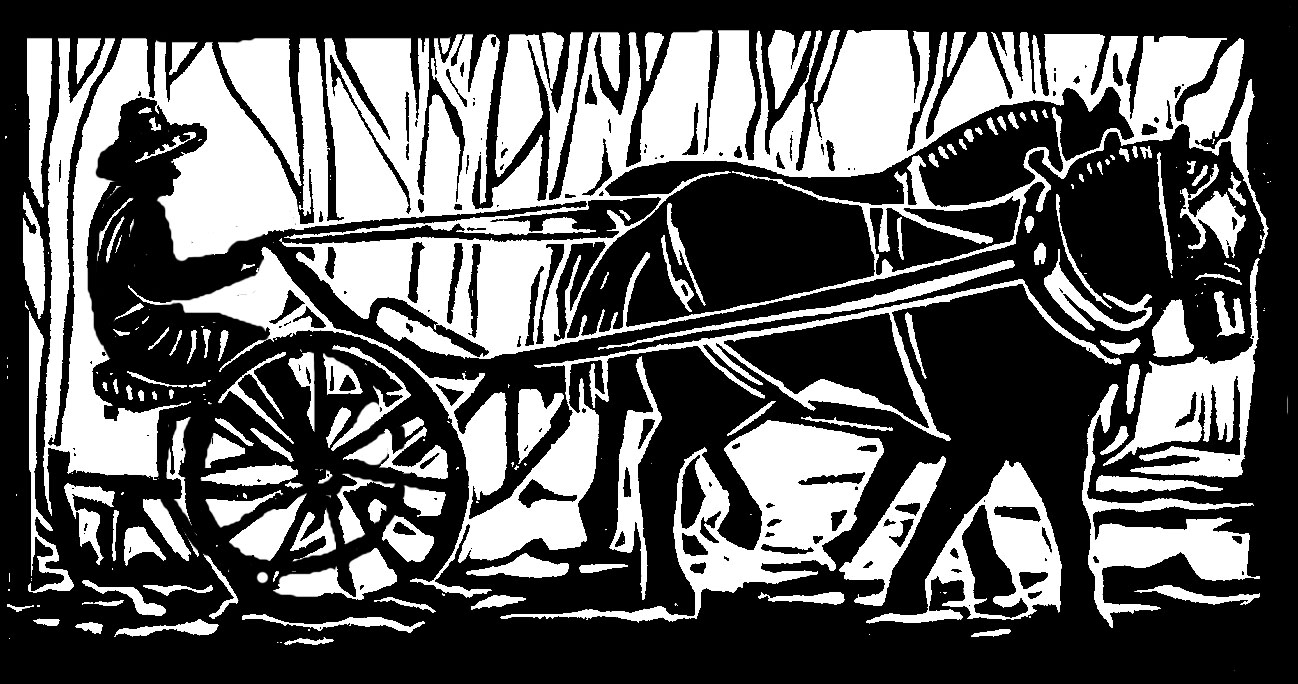On our vegetable farm, we use both organic and biodynamic methods. Most people are familiar with organic practices, but biodynamics is a little more mysterious.
The word itself has a lot of pep in it: bio, meaning life or living organism, and dynamics, which suggests motion, change, activity, progress, vigor, energy. It’s enough to make a farmer want to leap up off the couch and start plowing and planting.
Well, almost. Because it’s January, when everything goes inside, including the farmers. We are in our house more this month than any other time of the year, in our house looking out: oh that restful January snow! so soothing! so harmonious! so completely covering everything we didn’t quite finish out there!
We are more inside ourselves too, in January, inside our minds: thinking, planning, reviewing the last season and imagining the next one. We are studying seed catalogs, inventorying seeds and supplies, making seed orders.
We are also, we hope, storing up mental and spiritual energies that will sustain us next season. We are concentrating our forces, internally, in the same way that the earth concentrates its forces this time of year.
One of the beautiful and sustaining images that comes out of biodynamic thought is this notion that the earth is most alive during the cold season here. All the energies that are expanding, burgeoning, growing, shifting, blooming, fruiting in summer are now drawn into the core of the earth. All that incredible vigor is in the ground now, right under our feet. Things are happening down there!
I love that idea of the concentrated force, the fire of the seed, the earth, that intensity and purpose renewing itself yearly. And I love that the biodynamic farming that we do here is not just a way to make a living, but a commitment to life, physical, mental, spiritual.
Biodynamic agriculture is both a practical and a philosophical approach to farming, with the mission to revitalize the soil and to renew an understanding of the spiritual task of farming. Rudolf Steiner, Austrian thinker and activist, developed biodynamics, as well as founding the Waldorf School movement and working in medicine, economics, social and cultural life, among other spheres.
Steiner was originally approached by farmers in the 1920s in Europe, farmers who were asking his suggestions for an agriculture that was losing its vitality, in its plant, animal, and soil life, primarily due to the overuse of chemicals. Steiner responded with a series of lectures that grew into biodynamic agriculture, practiced worldwide now for over ninety years.
Biodynamic farmers see the farm itself as a living organism, and use herbal and mineral remedies to help compost work efficiently, enliven the soil, and maintain the farm=s optimum health. This in turn provides for healthy plants and healthy food, which can nourish both the physical and spiritual lives of those who eat it.
Biodynamics also incorporates organic farming principles, as well as recognizing that the rhythmic cycles of the farm have a connection to the larger cosmic forces, such as cycles of the stars, sun, moon, and other planets. This is green, sustainable farming at its most ambitious!
It can be heady stuff, imagining our little New Hampshire hill farm as part of the spiritual renewal of agriculture and the world. But what better way for a farmer to inspire his or herself than to believe that the very vegetables matter, that they make a difference in and to the world?
And what better time of year to do it in, when the fire is strong in the earth, and the earth is covered in snow, so that the winter farmers don’t have to tend it? There is only the internal fire to fan now, and, of course, the fire in the wood stove. And gosh, it’s cozy there, cozy and conducive to the dream of spiritual farming . . .
Originally published in the Monadnock Shopper News, Jan 23 – Jan 29, 2013

![IMG_0016[1].JPG](https://images.squarespace-cdn.com/content/v1/53192abae4b06ab557270e09/1420210982023-4IQ0R5QJOZR2H1L86TX8/IMG_0016%5B1%5D.JPG)